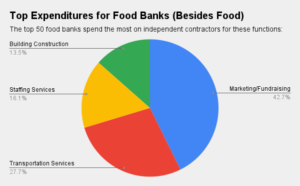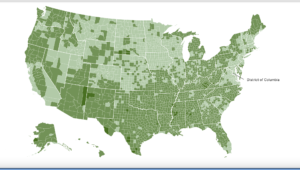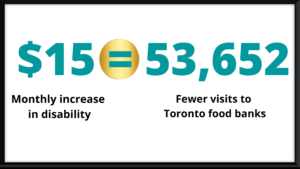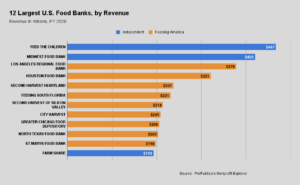The Summer Food Service Program is a bit player among the federal school-related nutrition programs, commanding only $418 million of funding in 2016, a fraction of the amounts for school lunch ($13.6 billion) and breakfast ($4.2 billion). Though the program has been around in one form or another since 1968 (nearly as long as school breakfast), it remains underutilized and has even lost some ground in recent years.
In July 2018, about 2.9 million kids a day received summer meals, pretty much on par with the 2.8 million who did just over 40 years earlier, in 1977. The July 2018 average represented a decline of 5.7% from the previous summer, according to Food Research and Action Center, reflecting ongoing challenges related to finding organizations able to run the program and sites that children can easily get to.
While schools are the natural and obvious partners for distributing lunch and breakfast to kids during the school year, the summer meal program relies on sponsors, such as non-profit camps, churches or recreation centers, to provide volunteers to operate the summer meals program, as well as the space to house it.
Often, the meal program is paired with educational or enrichment activities. Finding sponsors able to meet the requirements entails extensive outreach, and sourcing convenient sites, especially in rural areas, can be problematic. From July 2017 to July 2018, in fact, the nation’s summer meals program lost 99 sites, according to FRAC.
Only 14% of low-income children who received free lunch during the 2017-2018 school year also participated in a summer meal program, says FRAC. The group has set a target of having 40% of school-lunch kids taking part in summer food, an amount that would have brought an additional 5 million children into the program in July 2018. Doing so also would have allowed states to collect federal funding for each child, making $425 million available to states in July 2018 alone.
As a way of getting around the difficulty of finding sponsors and setting up food distribution sites, the USDA has been piloting and slowly making available to states a debit card that provides monthly benefits of either $30 or $60 per child. The summer electronic benefits transfer to children (SEBTC) card, which first appeared in 2011, allows guardians to purchase healthy items directly from supermarkets. The debit card program, combined with a continued focus on adding sponsors and sites, should aid in increasing student participation in summer meals.
Post updated July 2019.




